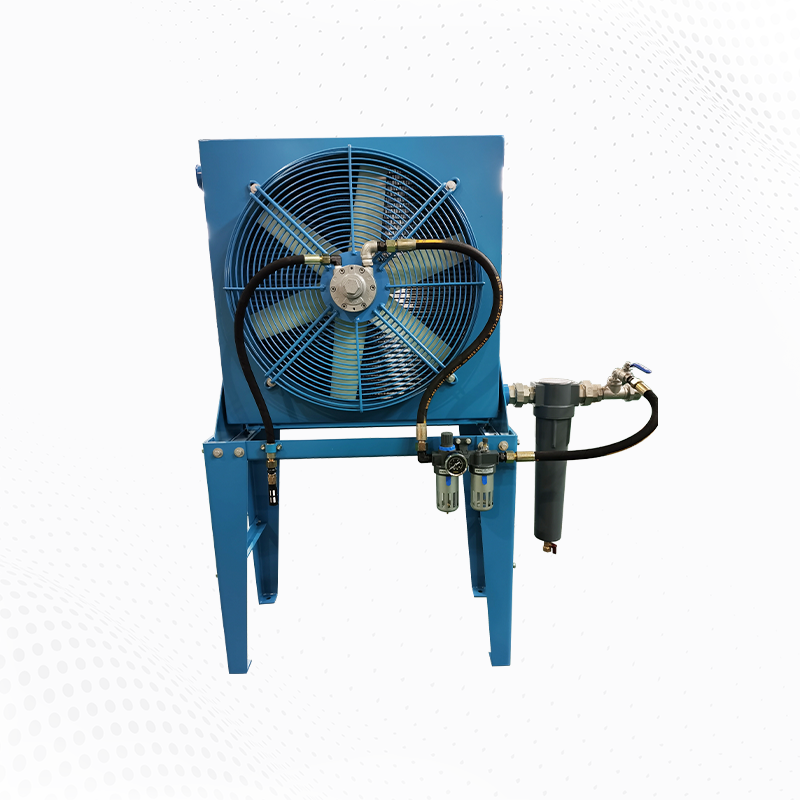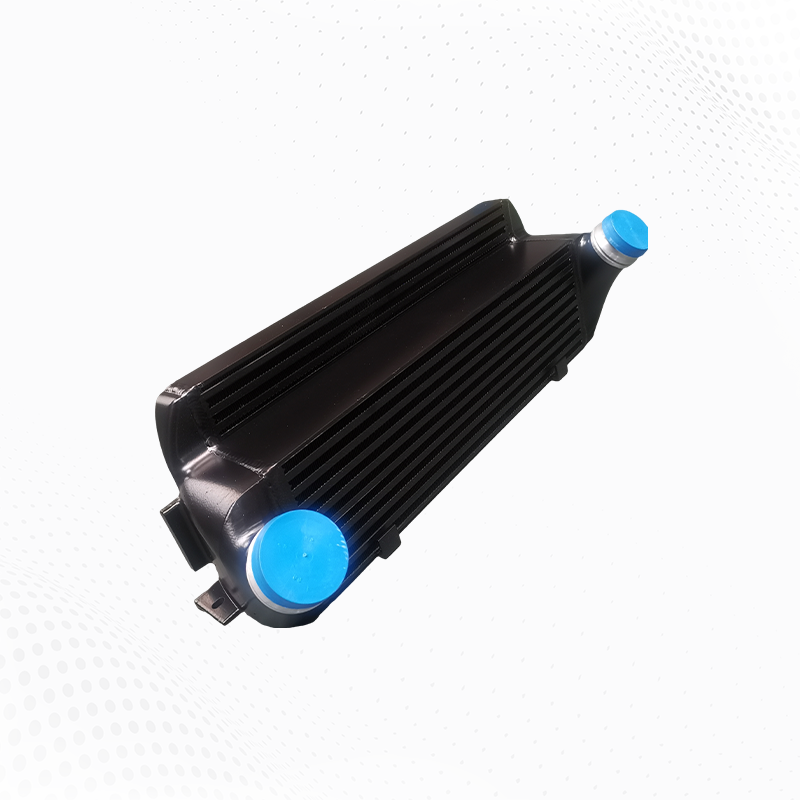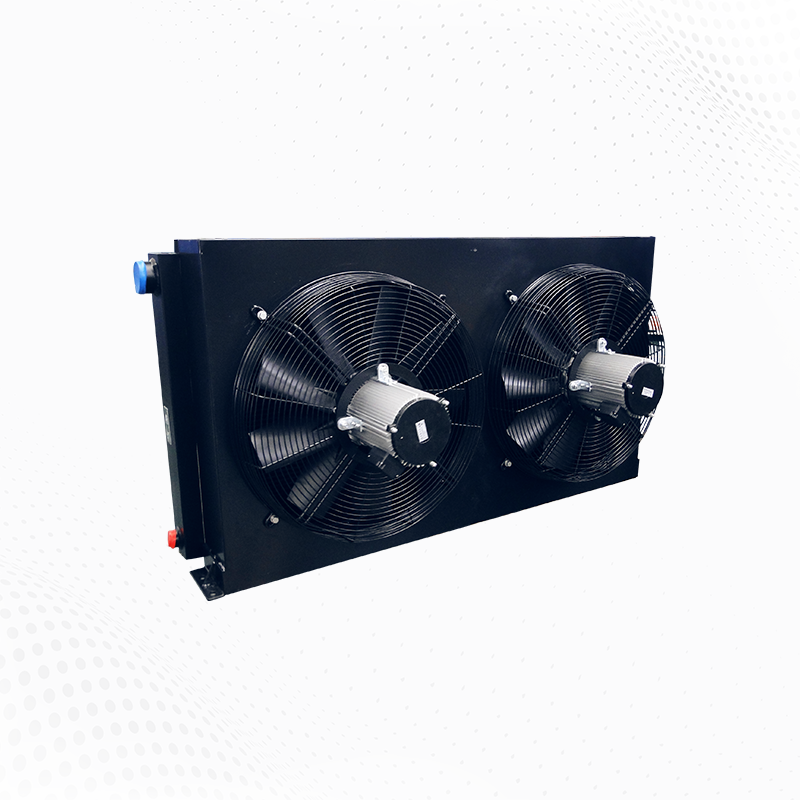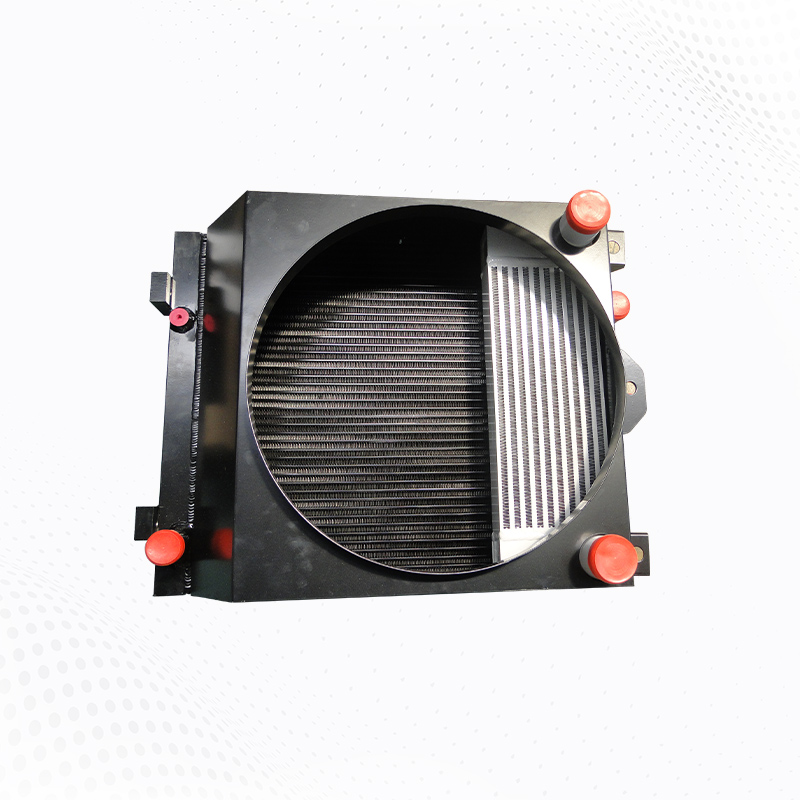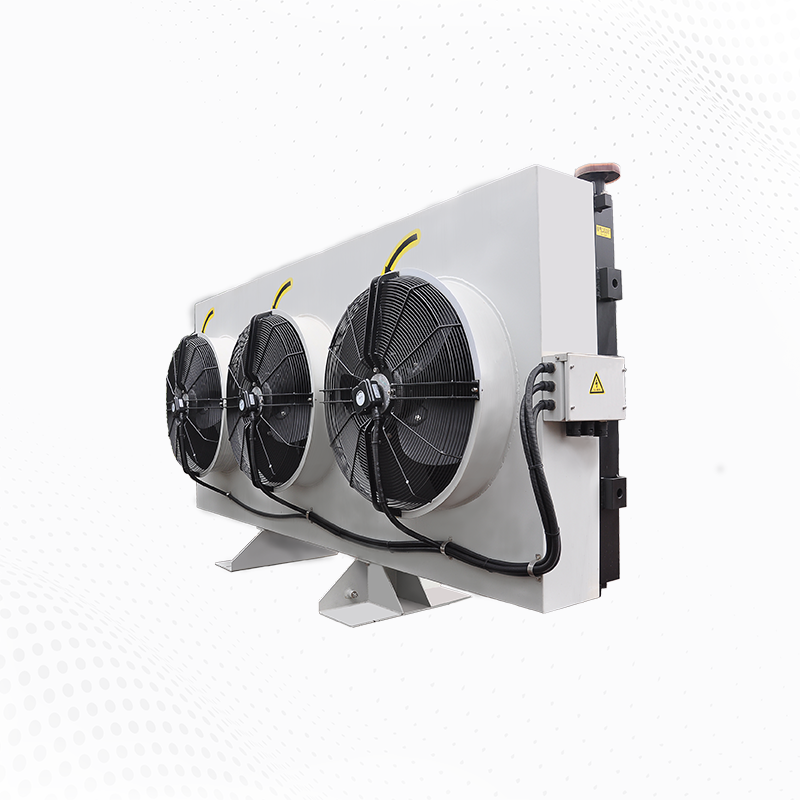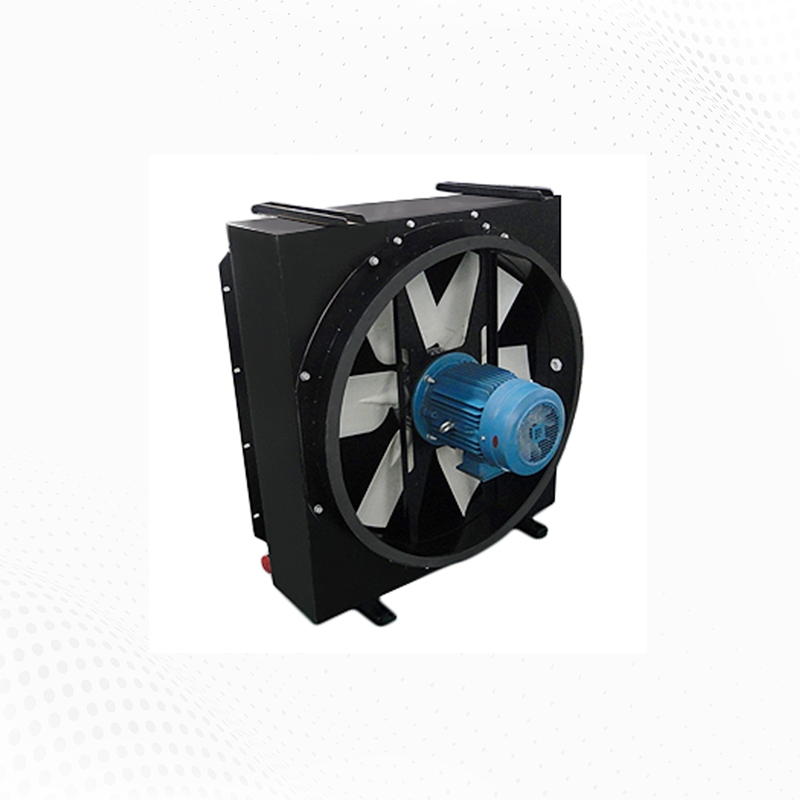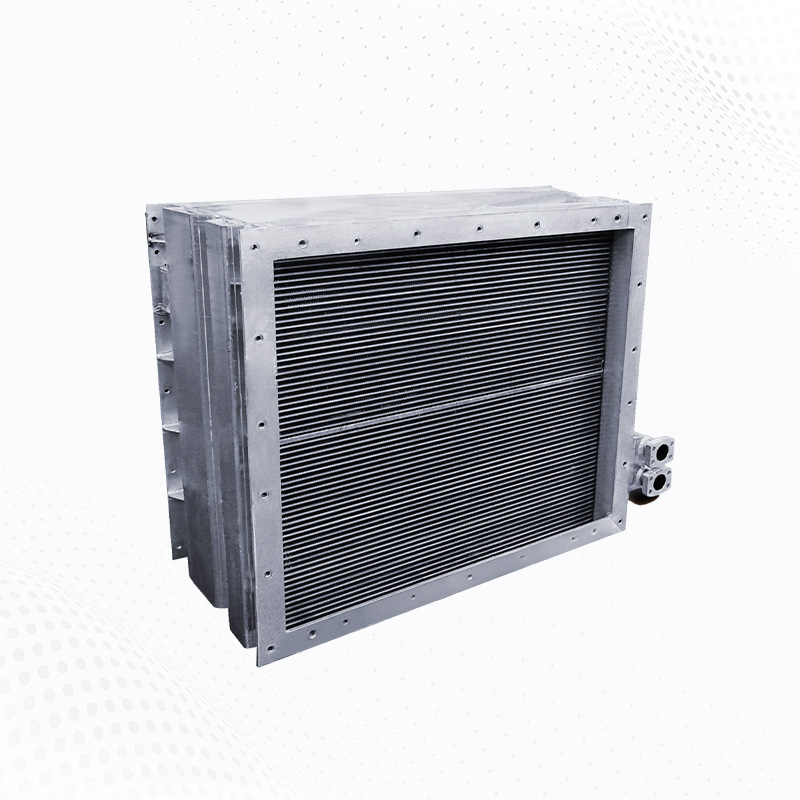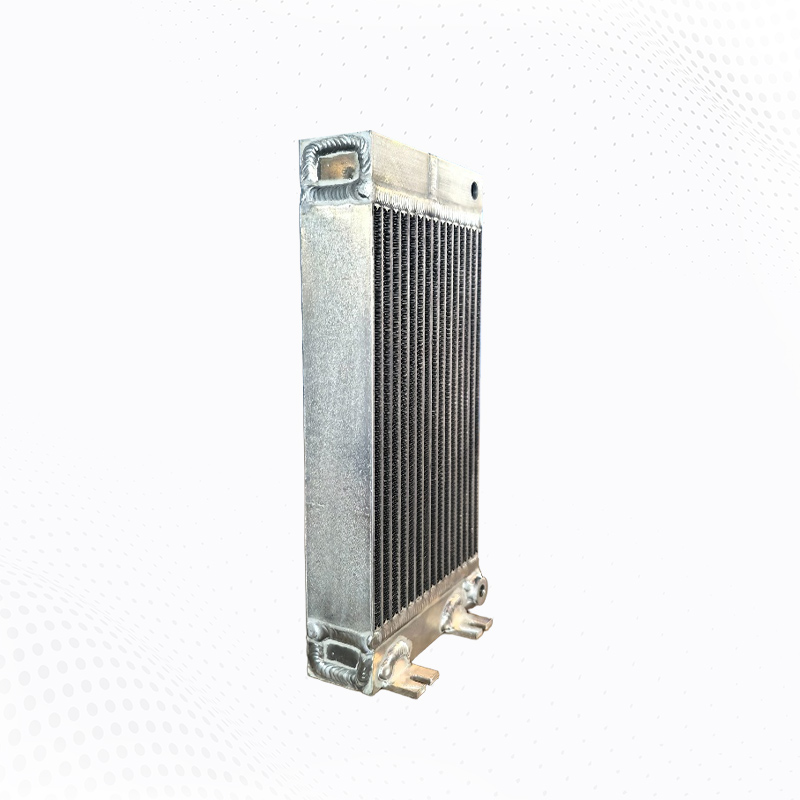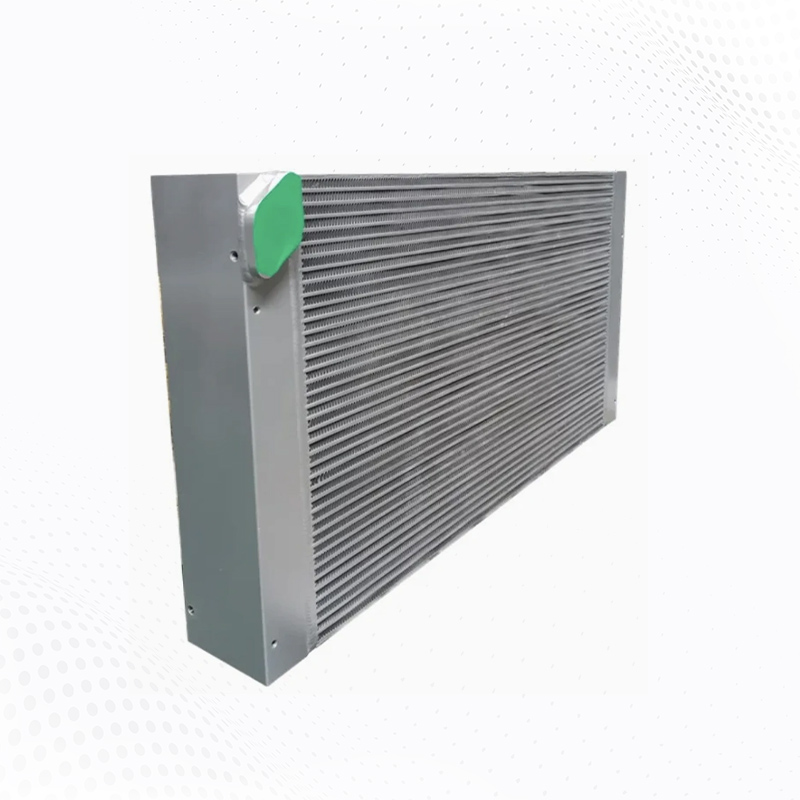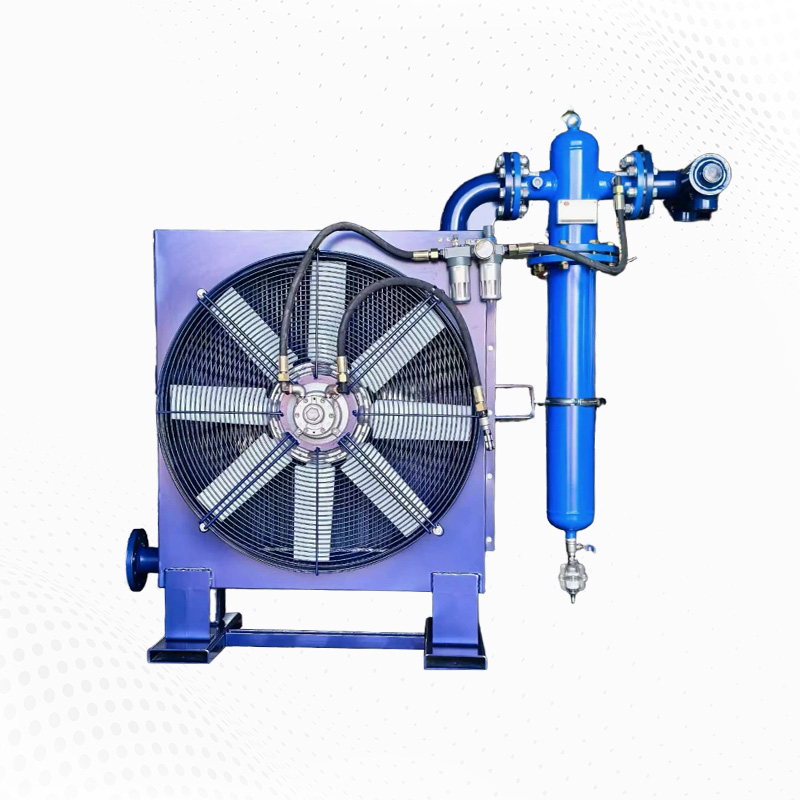Affordable Hydraulic Cooler for Small Businesses
Small businesses often operate with limited resources but still rely on hydraulic systems to perform essential tasks. For these businesses, investing in a hydraulic cooler that can effectively remove water and maintain the hydraulic fluid temperature within optimal ranges is crucial for long-term reliability and performance.
An affordable hydraulic cooler helps prevent overheating and contamination of hydraulic fluid, extending the lifespan of your machinery. These coolers are designed to efficiently remove heat from hydraulic oil, preventing it from breaking down or becoming too thin, which could lead to increased wear and potential water contamination. By using a reliable and cost-effective hydraulic cooler, small businesses can reduce the risk of costly downtime and maintenance.
How to Choose a Hydraulic Cooler for Your Machine
When selecting a hydraulic cooler for your machine, it's important to consider several factors that will ensure the system operates efficiently and effectively. Here are key points to keep in mind:
1、Capacity and Size: The size and capacity of the cooler should be appropriate for the machine's hydraulic system. A cooler that's too small will not be able to effectively manage heat, while one that's too large could lead to unnecessary costs.
2、Type of Cooler: There are various types of hydraulic coolers, including air-cooled and water-cooled systems. For machines operating in hot environments, an air-cooled hydraulic cooler may be more suitable. In contrast, water-cooled coolers are better for applications requiring more intensive cooling.
3、Efficiency: Look for a cooler that can efficiently remove heat while also preventing water from contaminating the hydraulic fluid. Many modern hydraulic coolers come with additional features like filtration systems to help remove water and other contaminants from the fluid.
4、Durability: Choose a cooler that is built to last. High-quality materials like stainless steel or aluminum are often used for their resistance to rust and corrosion, ensuring the cooler performs well in challenging conditions.
Custom Hydraulic Cooling Solutions for OEMs
For Original Equipment Manufacturers (OEMs), custom hydraulic cooling solutions are essential to meet specific design and performance requirements. Hydraulic cooling systems must be tailored to fit the exact specifications of the machinery to ensure optimal performance and longevity.
A custom hydraulic cooler can be designed to address unique cooling needs, whether that involves compact designs for space-saving or specialized systems to handle high temperatures or water contamination. OEMs can collaborate with hydraulic cooling experts to develop solutions that integrate seamlessly with their machines, ensuring that water and other contaminants are effectively removed from hydraulic fluid.
These custom solutions can include features like:
·Advanced Filtration: Incorporating filtration technology into the cooler to separate water, dirt, and debris from the hydraulic fluid.
·High-Performance Cooling: Providing robust cooling capabilities for machines that work in high-temperature environments or with heavy-duty applications.
·Space-Saving Designs: Custom coolers can be designed to fit specific dimensions, allowing OEMs to optimize machine layout without compromising on performance.
Conclusion
Water in hydraulic fluid is a major concern that can lead to system failure, increased maintenance costs, and reduced operational efficiency. Fortunately, with the right hydraulic cooling solution, it is possible to remove water from hydraulic fluid and keep the system running smoothly. Whether you're a small business looking for an affordable hydraulic cooler, an operator choosing the right cooler for your machine, or an OEM requiring custom hydraulic cooling solutions, there are options available to help maintain fluid integrity and protect your equipment. By investing in the right cooling system, you ensure that your hydraulic machinery operates efficiently, lasts longer, and minimizes the risk of costly downtime.


